Essential Woodworking Hand Tools
When I wrote Essential Woodworking Hand Tools it was less about the tools and more about what was missing from books I read and saw through the decades in books often entitled something like ‘The Woodworker’s Bible‘, usually commissioned by publishers known for their educational books, people like that. What mainly was missing was the truer experiential knowledge of a craftsman-user – someone in the saddle day to day for a lifetime, I suppose. This too is becoming more and more evident in YouTube content providers and book writers too. Dig around a bit and you’ll find more and more copycats than those originators working from a full knowledge-based background, those who never made it as makers of any kind but became some kind of interpreter. My nearly 500-page book was edited down from 900 pages by Joseph and myself. It was a painful process but we finally came up with a draft we truly liked and endorsed in the fullest sense of it.
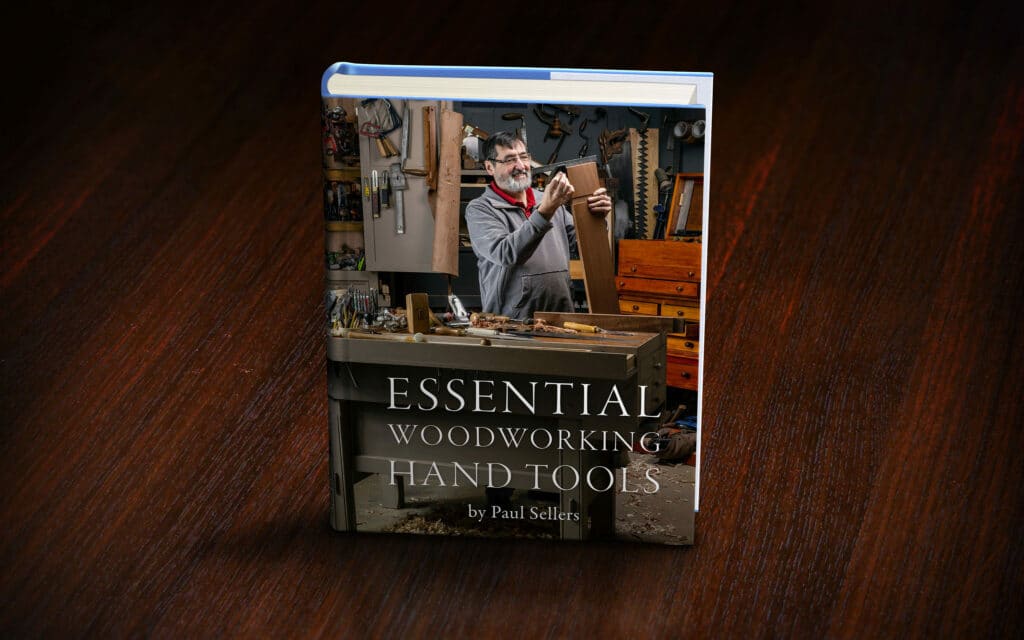
Every time I glimpsed through one of those many, many “Woodworker’s Bible” books in a bookshop, library or wherever, I found them limited to the ‘what it was and what it did’, like one of those very boring magazine tool reviews that had no real value except the poor opinion of a non-woodworking editor. Many so-called ‘highly informative’ sources were indeed pretty much copy and pasted from text elsewhere from the days when that was literally what they did pre-internet days. The substance and informative dynamism a true user might bring seemed always to be the missing ingredient. What was missing were the hidden idiosyncracies affecting every single tool in a wide range of ways. There was nothing inventive about the authors or the written work and it was that that showed how limited authors often were. There was no adapting and adopting. For instance, the router plane was only ever shown in recesses and dadoes, never for refining tenons. Combining the book with our highly proficient and insightful videography work has proved an amazing tool for me. I can express my hard-won knowledge to the fullest extent possible and to an audience that is now worldwide.
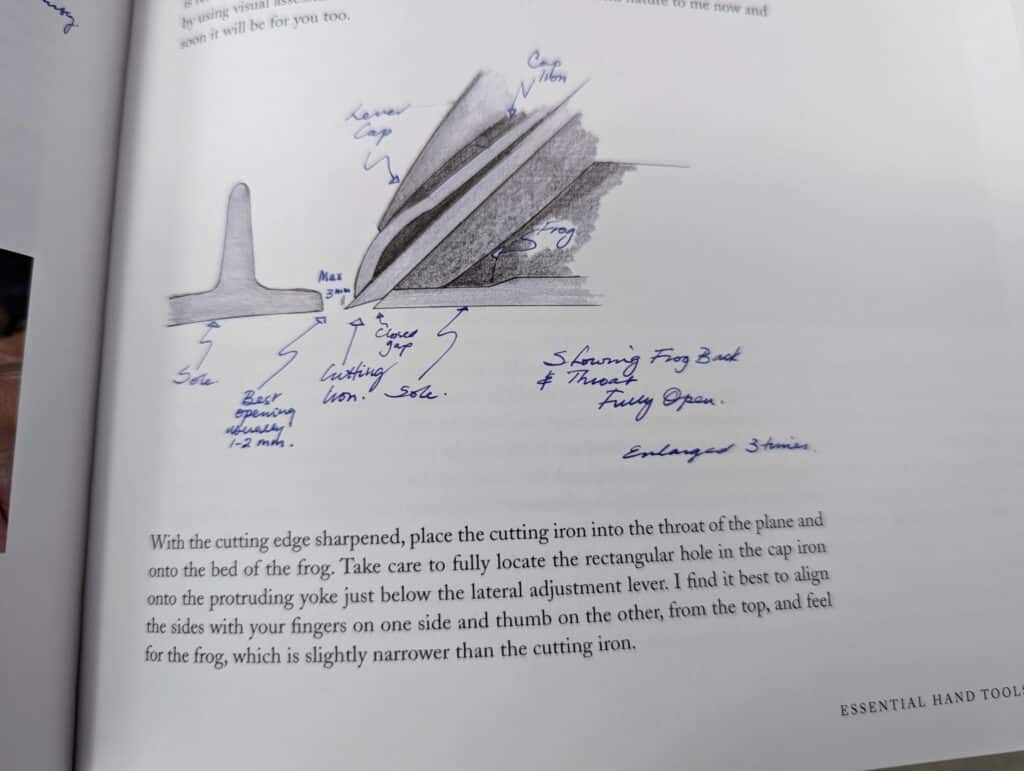
Joseph and I decided that most books and articles are indeed written from more a novice background than that of a crafting artisan earning their living from the craft itself. In other words, most books are rarely if ever written by those who actually made for a living but by those who, well, just wrote from more an author’s perspective of some kind but without the skills of being the kind of maker where the work itself stood as testament.
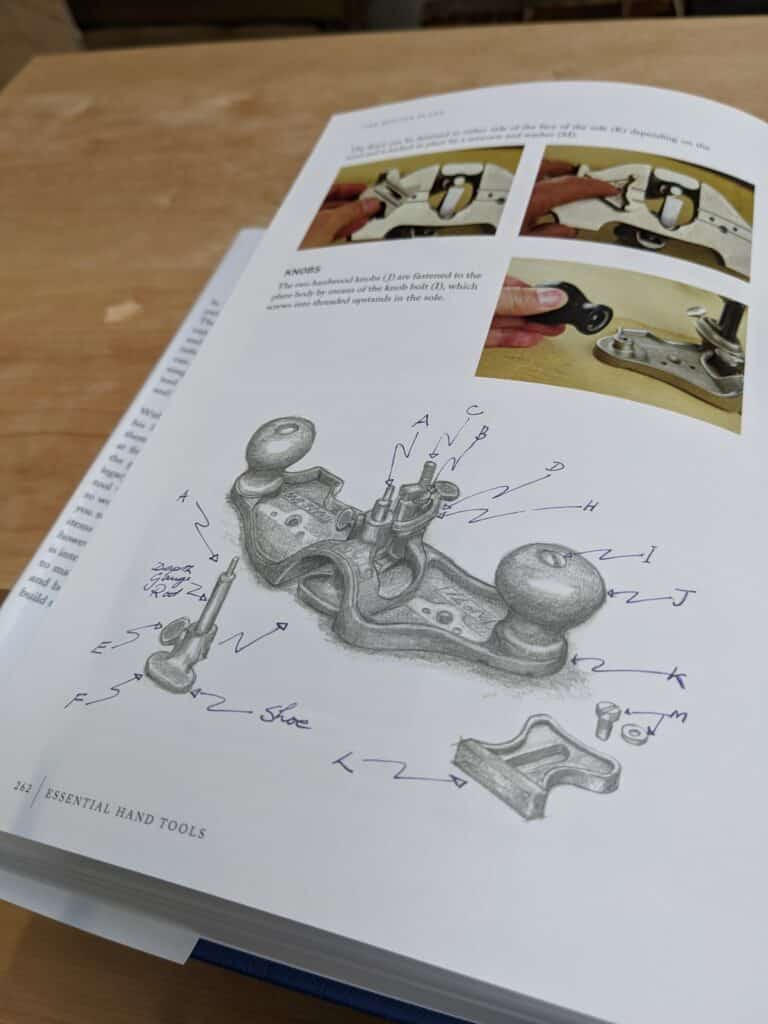
Most craftsmen and women are not authors and find writing difficult. We decided that a book written from the perspective of a lifetime user of all of the tools was what would benefit new and seasoned woodworkers the most. We needed that plus the video backup that would work as a reference to common and uncommon practices. You might not know it but it took a major investment of time and money to pull it all off. We didn’t have any spare money. My lifetime as purely a maker did not give me a pension pot or surplus income and definitely no savings. When I arrived back in the UK after 23 years living and working in the USA and yes, even after making the White House pieces for the Cabinet Room, I had a thousand pounds to my name, no owned property except my hand tools and all of my other possessions in a 30-foot container-sized init in central Texas because, well, I could not afford to bring them with me to the UK.
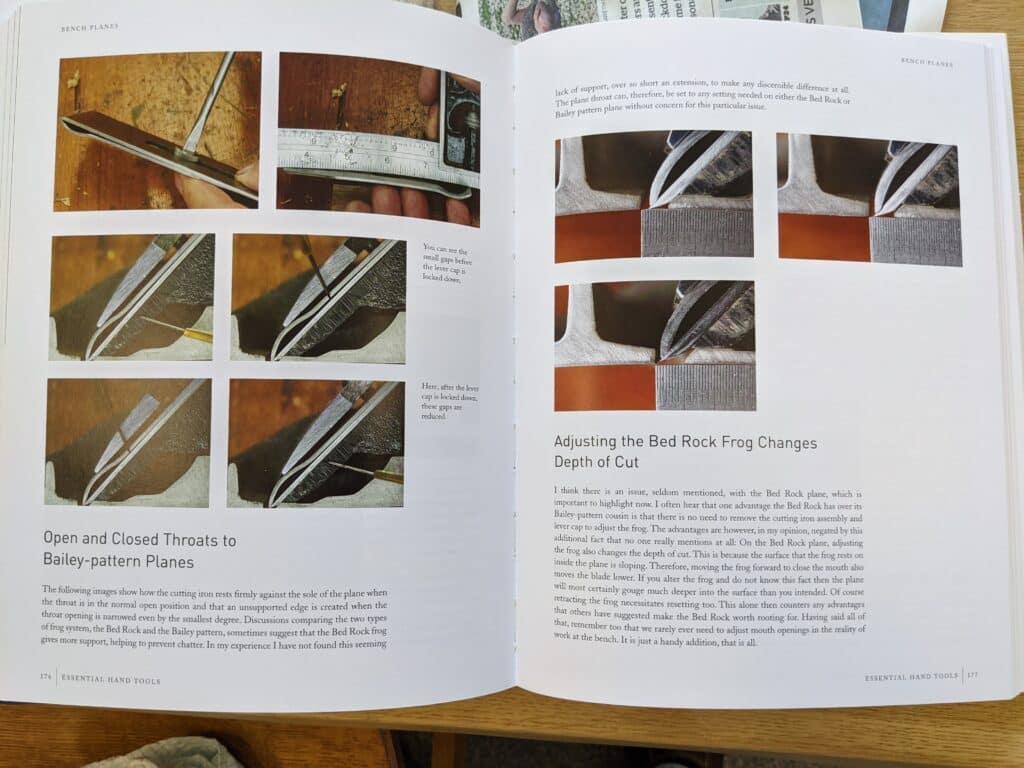
Exactly what did modern-day users of hand tools need? I knew what they needed was more ordinary than fancy. I knew that a vintage Stanley #4 would do more than any other Bailey- or Bedrock-pattern on the market and that a secondhand one would more than likely match the highest demands of the most discerning of craftsmen. Could I, from a zero-academic, non-videography background bridge the canyon-sized gap to give new woodworkers a new perspective and exactly what they needed to become highly conversant with the essential tools they needed for working wood? To do that, I would need to offer a brand new perspective. I could never take any kind of sponsorship or kickback, no freebies or whatever that might influence the freedom I wanted to just, well, be myself.
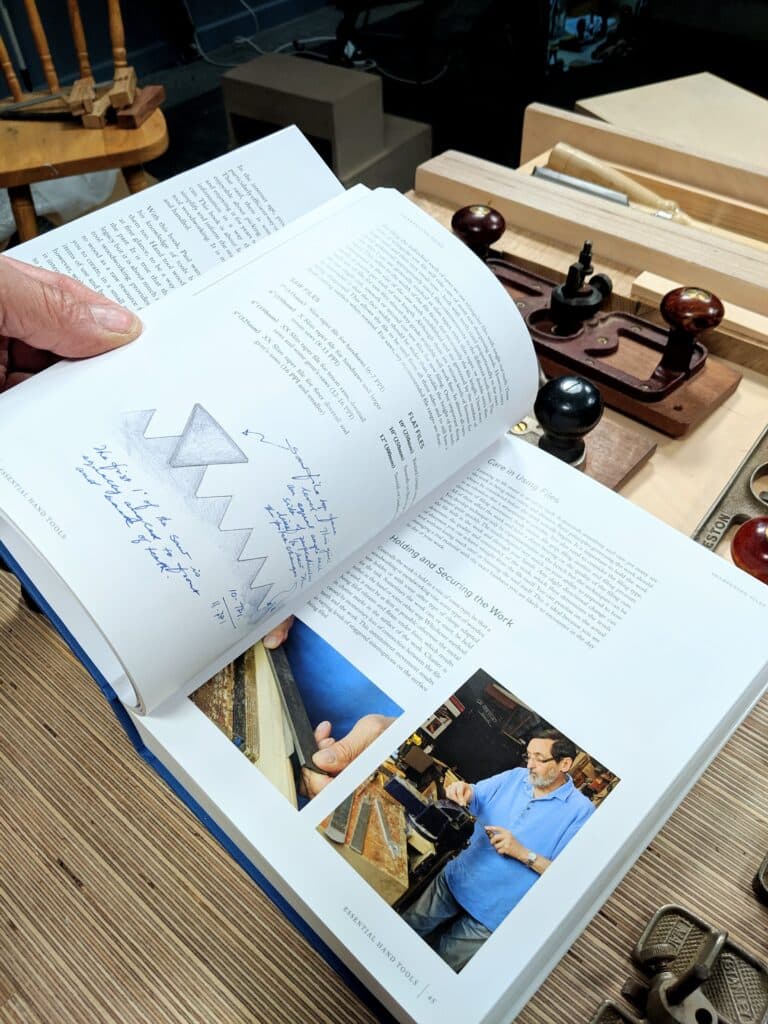
Sitting down to a computer was new to this ever-active-in-the-zone woodworker who never sat but always stood with six inches of a bench vise at the workbench 12 hours a day six days a week for at that time five decades; something began to gestate and the motive was never fame and fortune. Oh, and yes. I never worked less than twelve hours a day, believe me.
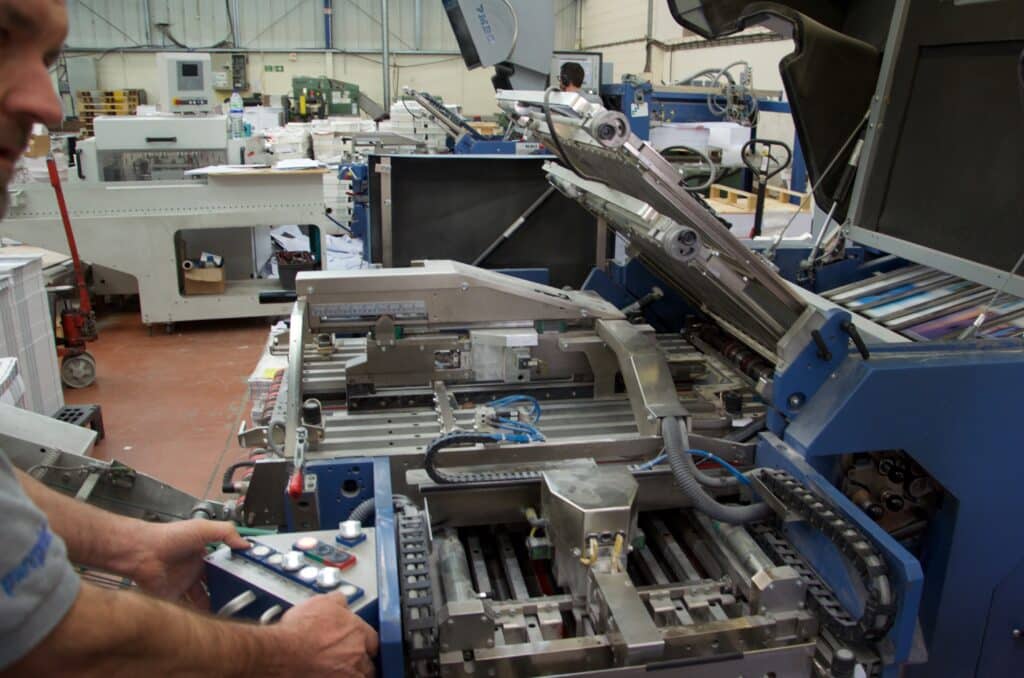
As a non-typist, non-computer literate artisan, I sat down and with Joseph’s help and guidance, I learned. Social media got mixed up in there too. The good and bad of it had to be identified and learned. It took time to learn the order of it in the same way the foundation of my woodworking did not happen overnight.
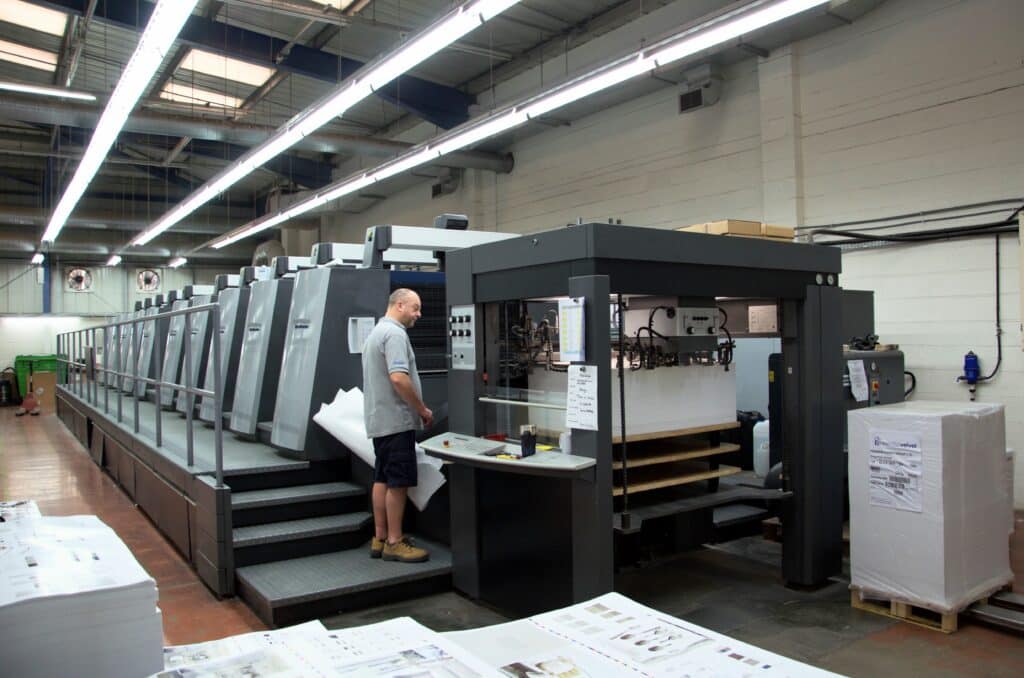
Essential Woodworking Hand Tools has been successful in that it was a work from the heart of a maker and no tool in the book cost me more than £20. There was no product placement and no financial nudges to influence me. I recall the ends of the days around five in the evening when Joseph would call me from his home 70 miles away and I sat in my car outside my Penrhyn Castle workshop in North Wales and we would read the chapters back to one another to perfect the text and proofread what I had written before sending it to the proofreader and the graphic artist for layout. Night after night for weeks and months we hammered out the final version and sent it to the printers.
That’s how we did it!


Writing a book on such a vast and endless subject on woodworking is an achievement in itself. Writing can be difficult for many, but you seem to be a natural in it.
A useful book indeed, always by the bench! I hope the Working Wood books get a revision /reprint. They are selling new for $180 in the US! Unfortunately the libraries here don’t have it.
Thanks Paul and team
That’s interesting. There are no ‘new‘ copies available as we are the only legal outlet and they are absolutely out of print until the revised copy is completed.
I’m guessing you see it listed with Amazon who don’t stock it and can’t stock it anyway.
I’ll be looking forward to your announcement of the release of your revised edition, Paul.
I can’t wait to get your book Paul. My grandfather and father were cabinet makers and I was not allowed to touch any tools as they deemed there would be no more makers in the family. Eventually ( when I married)my dad worked with me on my old colonial wooden home/ furniture and taught me some skills. I now enjoy woodworking as a hobby. I love reading about your work and tips. Can we get your revised edition in Australia?
Hello Paul!
FYI, it looks as though Abe Books France have some new and used copies available. Here’s the link: https://www.abebooks.fr/9780993442308/Essential-Woodworking-Hand-Tools-Sellers-0993442307/plp
If these copies are indeed available–and legit’–this may be of interest to some of your readers.
All the best
Francis
I ordered mine a few months ago from the Paul Sellars website because of Amazon sellers price gouging, very happy with it. There’s a currency exchange fee but otherwise I had it within a month maybe, Royal Post and USPS delays.
Hello Paul,
I have the original from about five years ago. When is the new edition out ?
Just used this book to find out how to correct a crooked blade on a Stanley 71 router. Rare practical knowledge that I couldn’t find elsewhere, thanks.
You are right–although there are some really good books, yours is unlike any other book in the market. A truly wonderful book!
Hi Paul,
Bought a wooden rebate plane today, £3 just could not leave it on the shelf, Im uncertain of the screw on the top of the plane it tightens up after a few turns in both directions and i dont want to force it. How can i send a photograph?
You can’t, but see if there is a lock screw on the side. The top one is usually the adjuster whereas the lock screw stops any change by vibration.
Yes thanks, i first thought the lock screw was the adjuster, the actual aduster eventually eased off with some work.
Many thanks.
When I was trying to learn woodworking there was no source for information.
By that I mean good information, all that was readily available were text books as you described and monthly magazines which weren’t much better. They were funded by advertisers and were always pushing jigs and power tools. While we see many downsides to social media and the internet it has changed our world for the better. I can buy woodworking tools from anywhere in the world and learn how to use them. There are many people now in the craft who are excellent sources where before there was no way to learn about them unless they happened to live nearby. There was no way for you to know that your hard work and dedication would ever come to fruition. What you have accomplished could not have been done in any other time in history. How fortunate for those of us who wish to learn!
This book is so well written and so well made! I just love it! Excellent job!
I’ve had your book for several years and it is always close at hand for a quick check, refresher or previously unknown factors. Well done.
I have a lot of books about woodworking. This is the best one. The only thing I don’t like is the size of letter, rather small. But this is the best woodworking book I own, far away from the rest. No doubt about it.
I deeply respect your book and rely heavily on it. But that won’t delay me an instant from ordering the revised edition as soon as it comes out. I am 86 and hope to get it while I can still use it. Marvin
Paul, I ordered your book last year and have been constantly referring to it, many times just for inspiration and relaxation in the evening. It is truly a magnum opus and reflects the lifetime experience and labor of love of a real working artisan. It is obvious that you poured your heart and soul into it. There is nothing else in the same category. I have a 6-year-old son and hope to introduce him to hand tool woodworking early. I think I’ll order a second copy of your reference work for him, as I’m sure mine is destined to fall apart eventually with constant reading. Please consider writing more books! Your knowledge must be preserved for posterity. Cheers.
I’d certainly like a copy when they are available. I assume we’ll be notified?
In the past I have ordered many woodworking books, mostly second-hand. All have been recycled as that was all they were good for. Paul’s book is always close to hand and is deeply valued.
I envy those who will read it for the first time and would gladly pay to see the 400 pages lost in the edit!
Rhank you Paul and the team for all you do.
Really enjoyed this book, and its in the shop constantly. Thank you so much for the work you’ve done passing on your knowledge and skills. I benefit every day from them.
I have the book and it is an amazing body of work. I can not say I have read it cover to cover yet. There is so much valuable information that one can glean from it. I have read and reread many parts and pick up new insights each time, gaining an intimate knowledge of the tools I possess. Can not fully express the value of the knowledge that was put forth in this book. Thank you Paul for taking on this challenge and passing on your own knowledge, thoughts and experiences.
Hi Paul,
Can you release a one-time lump sum payment option for the masterclass as an alternative option to the subscription model? Something like 200$ for permanent access?
I keep the Essential Woodworking book on the shelf in a handy place and refer to it often. Thank you for being such a great and sharing you instructor.
Paul
I purchased your book 4 years ago from the your website-The clarity of thought, excellent photographs and terrific drawings make it a marvelous teaching tool and reference at an incredibly reasonable price.. After reading the other posts, I decided to look on Amazon to see what they were selling. It turns out that a” used” copy of your Essential Woodworking in “Good Condition” is being sold for $249.69!
As the book is unavailable to buy and out of print, I have done the next best thing. I have reserved a copy at my local library as for once they have a copy of a woodworking-related book.
Hi Paul,
I have your book and refer to it often; I’m 82 yrs and your emphasis on hand tools suits me fine. (It caused me, in a rare moment of decisiveness to sell my table saw with its dust-extractor, a noisy, dangerous, space-consuming bit of kit, and I have yet to regret it.)
However, I feel I should correct one of your earlier statements about the use of the router plane. (I made your poor man’s version by the way; much admired.) Before I found your videos and read your book, my woodworking guru was Robert Wearing, a bit old-fashioned by modern standards I know. (In one of his books he is pictured demonstrating the correct stance for planing. He is wearing a nice shirt and a tie, and a pair of ironed slacks with proper creases and proper lace-up shoes, which reminds me of my woodwork master at school in the 1950s who was always similarly dressed.)
Robert Wearing in his book’The Essential Woodworker” (Batsford 1988) shows how to use the router plane to finish tenons, a slightly different method than yours, but essentially the same technique. I have been following his methods for years.
He authored four books on woodworking, tools, and techniques, and they are all worth seeking out. David Charlesworth put me onto him.
I try to follow all your videos, and I always learn something from each one. I particularly remember the poor man’s rebate (rabbet) plane. When you finally assembled it and immediately cut that first rebate with those continuous shavings curling up from the blade was magic. I imagine that even you must have been impressed!
Best regards
Love my copy, I reference it all the time either to refresh my memory about a tool I currently own or as a reference when researching tools I’m in the market for.
Can you still get this book in the USA?
Essential Woodworking Hand Tools–my go-to reference for tools! If you’re revising it, one request if I may, could you possibly print it with the text in a larger font size for these tired old eyes? If it makes the book too large, then perhaps printing it in two volumes. Two volumes would be great.
Me too, though that might not be the optimal publishing approach.
Great book. I dip into it frequently and have about a dozen book-marks in it! Yes larger font would help in poor lighting but would hate to lose any content 🙂
Interesting to read how long you were in USA. I was there 14 years with my family, so feel a kinship to you and our American friends.
BTW I picked up A 1947 version of Charles Haywards “Carpentry Book” ( found a newer edition later but it had several early machines instead of wooden planes, so I did not get it! 😉 ). Interesting to read a 1947 perspective (first edition was 1938!) but not a patch on your book, for today. 😉
Pretend you’re a new woodworker in an impoverished village with a forest nearby. You only have enough money for one cheap tool. You have to use that one tool to build all the other tools, your workbench, handles, furniture for your house, etc. Which tool would you choose and why?
If I could only have one it’d have to be an ax. An ax is the only tool that can cut a tree down and shape it to some extent.
I have always felt when I browse your book it’s like you are there. Written very well. It’s a gem to have in my workshop. And it occupies a space right beside many of the great woodworking I have come to know in my 62 years. Just saw that it was selling on Ebay used for $185.00. I guess that’s value added!
Paul- current price on Alibris is $134. I can’t even remember what it cost those years ago when I bought it but until now I’e gotten thousansd of dollars if help from it.
Hi Paul
Looking forward to the new version. I am a lifelong woodworker (with a 40 year gap) who is finally getting back to what I truly enjoy. Learning and practicing my skills are what I look forward to each day. Thank you for sharing!
Dino
your comments about youtube “experts” is right on. there are very few i watch for the fun of watching the work, i mainly look for design ideas. i trained later in life (late 30’s and i am now retired) after a life as a general manager in hospitality for a large chain of hotels. the man i trained under taught me to use a combination of machine and hand tools. ie use the machines to do all the dimensioning and then use hand tools to finish. what i loved about making is the satisfaction of tangible product at the end. i loved hospitality to, but all you are selling is memories. he taught me well and i progressed to a one man shop in my garage selling quality pieces on commission direct to the buyers. as you know it is not easy to get started, but once you get a name the work just keeps coming in.
Essential Woodworking Hand Tools? Why all of them, of course!
Hi Paul,
when I got the book at your presentation in Oxford I brought it home and put it in the bookcase. I never looked inside so far although I have most of my knowledge about woodworking tools from you through your blog and wwmc. I know it’s there and one day I’ll sit down an have a read plus I will tell my son and if she’s old enough my daughter which book to look for when they need advice about a tool and I am not around.
Bought the book a couple of years ago. It’s a goldmine — worth every penny!
I trust Paul and his candid opinions. If you guys haven’t seen it, check out his first How To Build A Workbench youtube video where he’s making the bench in his back yard. I stayed up most of the night watching the episodes. It was loaded with very good content for a newbie like me and still one of his best videos in my opinion.
Paul,
If I could make one suggestion for the new edition, please add an Index to the back. It would really move the book from a topical read to a go-to reference for quick look-ups.
Hi. Paul
I am in South Africa and am just wondering if a E version will be released, as this will save on the postage of a hard copy.
ps. Love the work you are doing. And cant wait for your next blog.
It’s not likely, Shaun, no. I wanted a hard copy only.
Your book is worth its weight in Titanium. The small typeface can be a struggle at times but then, I do have a reader’s magnifying glass amongst my tool kit! Nevertheless an encyclopedic masterpiece.
Be good if you posted a link to where I can buy your book…
https://rokesmith.com/
Just got my copy yesterday. Wow! So glad you decided to share this with the world. The pictures are amazing, the content is so useful, and your writing is excellent. Thanks.
Paul. Left a message with your publisher but have not heard back from them yet. A couple of people “Down Under” at the Canberra Woodcraft Guild are interested in getting your book. Is it published as the “Second Edition” and is the publication date 2023? Just trying to distinguish a difference from the 2015 publication so we know what we are ordering on line.
On the subject of the three EZIlap diamond plates mounted together on the board: we are about to set one up for our members as it gives ab initio’s a good process model for sharpening. A question was raised about using the fine and extra fine for honing the non-bevel side of the blades and one needs the plates out of the board to get good access. How do you do that process with the plates mounted in the board?
Hello Jeremy, I have two books that I have written; Woodworking 1&2 is one book with a stupid title I had nothing to do with that came out 13 years ago and so is out of date and I have been reworking it because it is great foundational woodworking course for beginners. Essential Woodworking Hand Tools is current and will likely never be out of date because all of the content is about my essential hand tools which are all traditional. We have a few copies left in stock and the printers are in the process of printing more as I type. The only access to our book is from Rokesmith Ltd which we own as an overarching company. We ship throughout the world.
Re EZ-Lap. These are good plates and I have used and advocated them for almost three decades. Of late, I have been using some thin Asian made versions that cost around £3 to 4 each and they have proven excellent. They must be glued down to a flat substrate but they cut steel fast so a big saving and you can have more plates for very little cost. It’s worth noting that you never need to true and polish out the flat face of chisels and planes more than once at the beginning. After that, this face does not wear so it’s only the bevel that we need to restore. We flip over just to break the wire edge caused by abrading the bevel and do not hone and polish the flat face ever again.
I got a copy of the new printing, along with the CD set. Unfortunately, the CD won’t play in the US as it is in PAL format, most US players will only play in NTCS. I am a read it, see it and then do it learner so, I am hoping I can exchange the CD for one in the NTCS format. I have read though the book and find it very helpful. Thanks